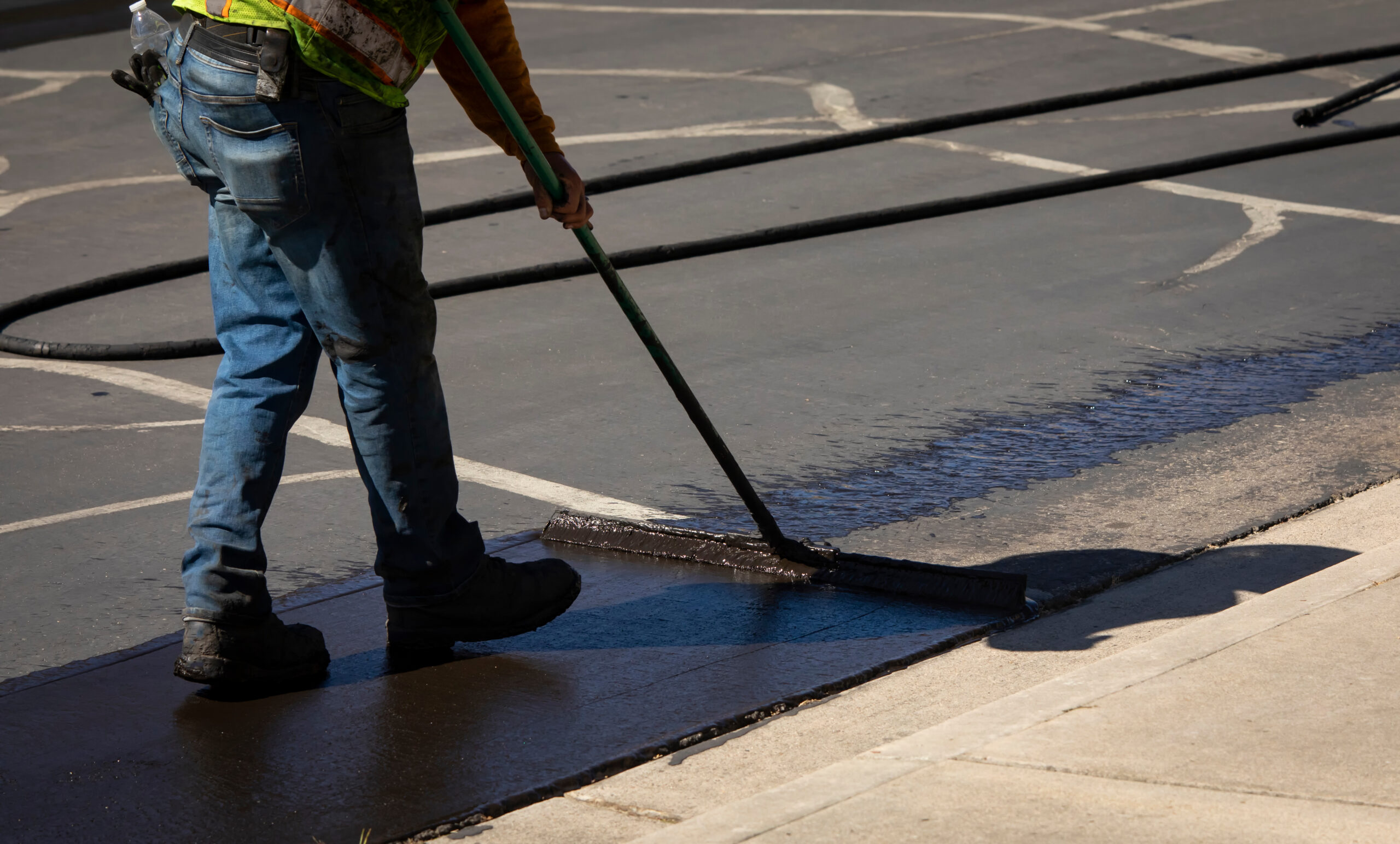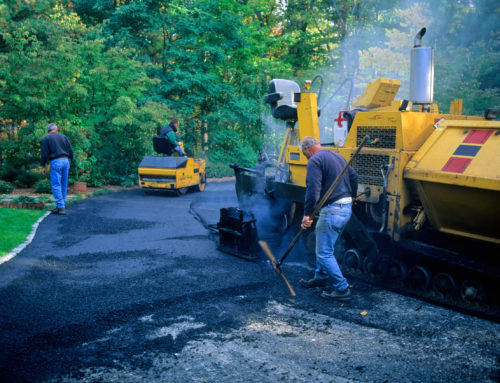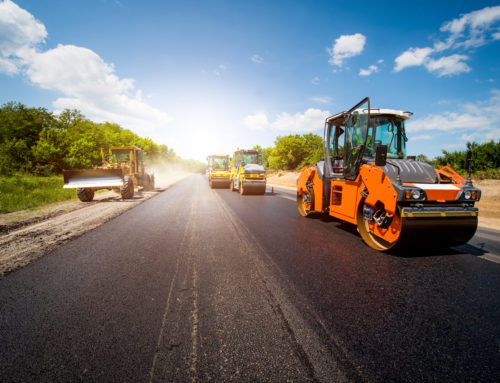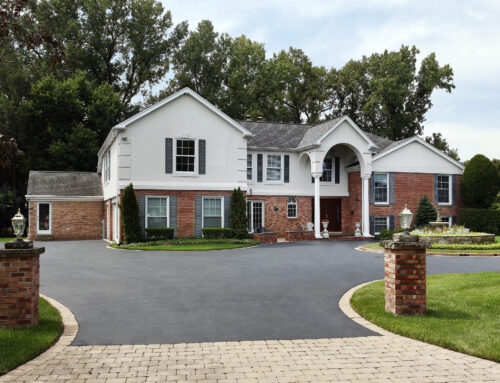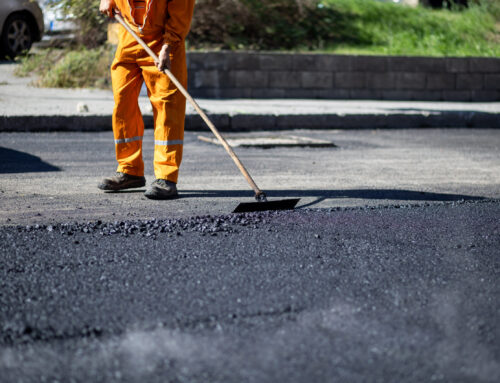Asphalt pavements are a crucial investment for any property, providing smooth and durable surfaces for vehicles, pedestrians, and cyclists. Regular maintenance is essential to ensure the longevity and performance of asphalt, whether for residential or commercial spaces. This time on the Sunrise Asphalt blog we will discuss the best practices for maximizing asphalt longevity, focusing on pavement preservation, preventive maintenance, and effective maintenance strategies to maximize pavement longevity.
Understanding Pavement Maintenance
Pavement maintenance encompasses a range of activities to preserve the appearance and functionality of asphalt surfaces. From routine inspections to targeted repairs, pavement maintenance is critical in extending the lifespan of asphalt pavements and minimizing the need for costly replacements.
Asphalt Preservation Techniques
Asphalt preservation involves applying preventive measures to protect pavement integrity. A common preservation technique is seal coating, which involves applying a protective sealant to the surface of the asphalt. Seal coating helps prevent water infiltration, UV damage, and oxidation, which are leading causes of pavement deterioration. By sealing the surface, seal coating extends the lifespan of the pavement and enhances its appearance.
Another effective preservation technique is crack sealing. Cracks in the pavement allow water to penetrate the underlying layers, leading to further deterioration and pavement failure. We talk all the time about water being the ultimate enemy of asphalt! Crack sealing takes care of it by filling cracks with a specialized sealant to prevent water infiltration and inhibit crack propagation. By addressing cracks early, crack sealing helps maintain the pavement’s structural integrity and prevents costly repairs down the road.
Implementing Preventive Maintenance
Preventive maintenance involves proactively addressing potential issues before they escalate into more significant problems. An ounce of prevention is worth a pound of cure and all that. Regular pavement inspections are a key component of preventive maintenance, allowing property owners to identify signs of distress, such as cracks, potholes, and drainage issues. Property owners can prevent further damage and extend the pavement’s lifespan by addressing these issues promptly.
In addition to inspections, preventive maintenance may include routine sweeping to remove debris, vegetation control to prevent root intrusion, and proper drainage management to prevent water buildup and erosion. Property owners can minimize the risk of pavement deterioration and reduce long-term maintenance costs by implementing preventive maintenance measures.
Pavement Longevity Strategies
Property owners should adopt comprehensive maintenance strategies to meet their needs and conditions. Some key strategies include:
- Regular Inspections: Conduct routine inspections to assess the condition of the pavement and identify maintenance needs. Everyone should do this.
- Timely Repairs: Immediately address minor issues such as cracks, potholes, and surface damage to prevent further deterioration.
- Proactive Preservation: Implement preventive maintenance measures such as seal coating and crack sealing to protect the pavement from environmental damage.
- Proper Drainage: Ensure proper drainage to prevent water buildup and erosion, which can compromise the integrity of the pavement.
- Scheduled Maintenance: Develop a regular maintenance schedule based on the specific needs of the pavement and the expected traffic load.
By adopting these strategies and investing in proactive maintenance, property owners can maximize the longevity and performance of their asphalt pavements, ultimately saving time and money in the long run.
Maximizing the longevity of asphalt pavements requires a proactive approach to maintenance and preservation. Remember, pavement maintenance is not only about preserving the surface’s appearance but also about maintaining its structural integrity for years to come. Asphalt pavements can provide smooth and durable surfaces for future generations with proper care and attention.

